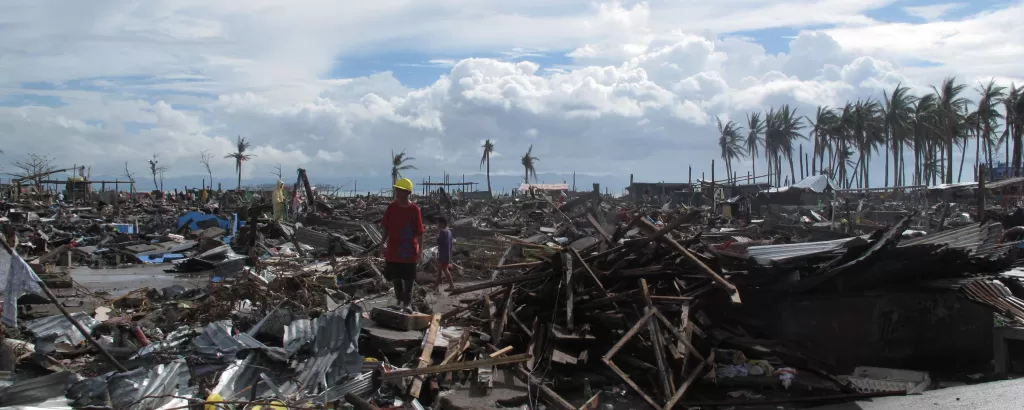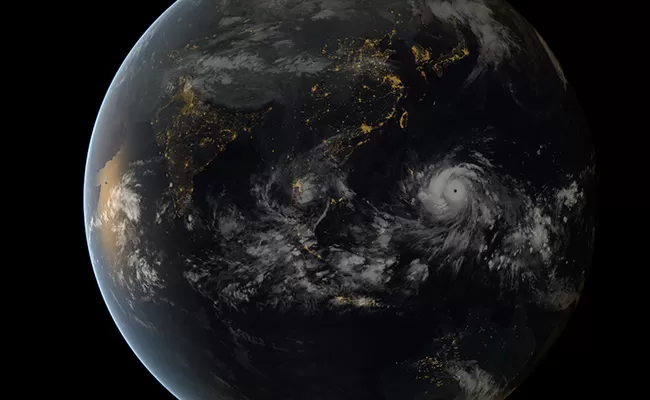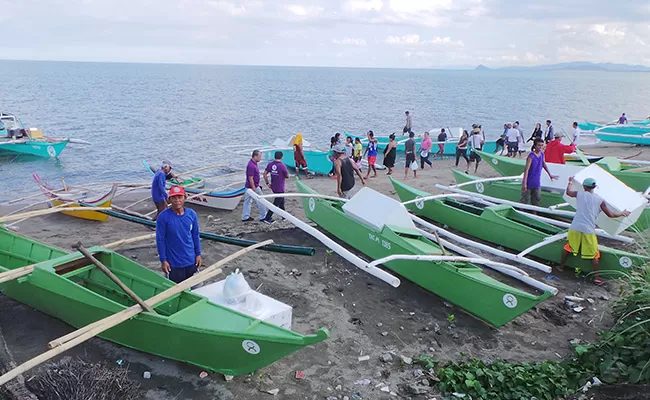Reports
Read more about how funds were spent and how the response to this disaster was evaluated


People stand amid devastation caused by Typhoon Haiyan in November 2013. Image: Henry Donati/Department for International Development

raised, including £5 million matched by the UK Government

people reached with live saving aid

people helped to restore their livelihoods

homes rebuilt or repaired

A satellite image shows Typhoon Haiyan approaching the Philippines on 7 November 2013. Image: JMA/EUMETSAT

DEC funds helped fishermen to repair and replace damaged boats and restore their livelihoods
BT staff at the Philippines Typhoon telethon.
BT is a long-term partner of the DEC, providing its MyDonate giving platform to process millions of pounds of donations from the Philippines Typhoon Appeal. It hosted a special celebrity telethon at the BT Tower in London where famous faces including Jamie Oliver, Amanda Holden and Natasha Kaplinsky took donation calls from the public.
After Typhoon Haiyan, BT's Emergency Response Team (ERT) was deployed to the Philippines to provide on-the-ground satellite communications support to the relief effort.
Read more about how funds were spent and how the response to this disaster was evaluated

